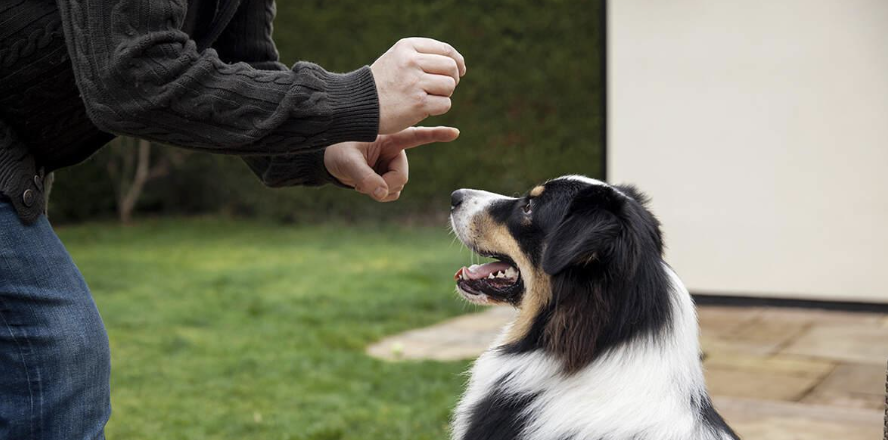
Training a Deaf Dog – Improved Methods & Tips You Must Know
Owning and training a deaf dog is an opportunity for a highly rewarding relationship with a faithful companion. Training principles for deaf and hearing-impaired dogs work the same way for hearing dogs. Deaf dogs need not lead a limited life because of their disability.
Read below for more information about training a deaf dog from the top experts in dog training in New Jersey.
Improvising and Supplementing Traditional Training With Non-Auditory Signals
The same methods as traditional training apply when working with and caring for a deaf dog. The differences come when replacing traditional auditory cues with other signals.
Train Your Dog To Focus
Training begins with teaching a dog how to focus on its owner. A deaf dog cannot respond to its name when called, so treats and rewards are the best way to use positive reinforcement to encourage specific behaviors.
Visual cues also help reinforce focus and strengthen attention span. Reinforcing eye contact and other positive behaviors with rewards is an effective training method.
Visual and Physical Signals
We replace typical auditory cues like spoken phrases and clicker training with visual tools. Laser pointers, flashlights, and simple, affectionate touching are all strong reinforcement cues that reward positive behaviors. Non-painful vibrating collars can be an effective touching tool to reinforce focus and attention.
Timing is essential, as the visual or physical cue must correspond immediately with the desired behavior. Dogs quickly learn to look directly at you when they see or feel the signal.
Hand Signaling When You Have Your Dog’s Attention
Hand signals and body language are the most effective communication methods with a deaf dog. There are no restrictions in developing the best signals that work for any dog.
The critical thing to remember is to train your dog to associate one hand signal with one behavior only. Mixing signals or using different signals to obtain a single behavior will confuse your dog and usually lead to delayed or failed training. Stick with established signals, and don’t make changes that confuse your dog.
Other Tips for Training a Deaf Dog
Here are some general observations about training a hearing-impaired dog:
- Don’t frighten your dog. Gentle and affectionate touching is an effective means of getting your dog’s attention. However, since your dog cannot hear you approaching them, it can be easy to startle them. To maintain touching as a positive experience, consistently reward your dog immediately after touching them.
- Talk when giving commands. Dogs are very good at reading sign language, and talking in an even tone helps maintain positive and natural body language.
- Use a leash in public. Leash training is essential for deaf dogs. With the unlimited and unpredictable distractions that occur in public, maintaining a physical connection is critical.
Enroll Your Dog in Professional Canine Training in New Jersey
Training a deaf dog is more successful with an experienced and patient approach. Let the professionals at The Dan Gentile Dog Training Center help train your dog using common hand signals and the other specialized techniques described above.
Contact us today at (732) 938-5040 to sign your dog up for training with our expert team.